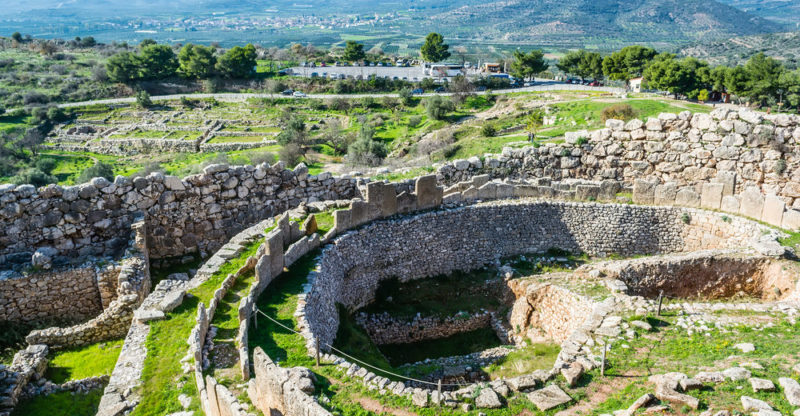We explain what the Mycenaean civilization was, its history and how it was discovered. Also, what are its features, architecture and more.
What was the Mycenaean civilization?
The Mycenaean civilization was a civilization that developed in Greece between the 17th and 12th centuries BC. C. , in the time before the civilization that we know as Ancient Greece . It is the direct antecedent of classical Greek culture.
Since the Mycenaean civilization was separated from Greek culture by a period called the “ Dark Ages ” , the Greeks knew their ancestors from stories that described events and characters.
For this reason, a large part of the legends and stories of classical Greece come from the Mycenaean civilization. For example, the legendary Trojan War occurred during the Mycenaean period .
The inhabitants of the Mycenaean civilization are believed to have called themselves Achaeans .
myth of mycenae
According to Greek mythology , Perseus was a demigod son of Zeus, king of the gods , and Danae was a mortal daughter of Acrisius, king of Argos.
Perseus rightfully became king of Argos when he accidentally killed his grandfather Acrisius. However, Perseus rejected the throne and gave it to his uncle Megapentes.
Instead of ruling over Argos, Perseus decided to found a new city, which he named Mycenae .
The Trojan War
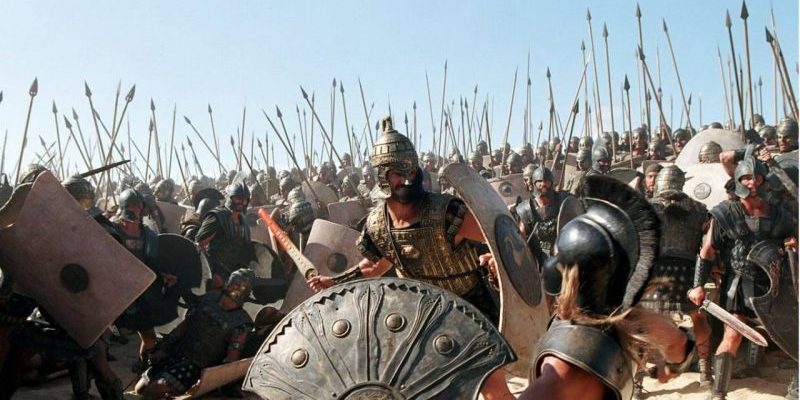
The Trojan War was a war between the peoples of the Greek peninsula and the inhabitants of Troy , a city in Asia Minor.
For centuries, modern civilization considered this fact to be a myth . However, with the discovery of Mycenae, it was proven that there was not only a war between the Greeks and the Trojans , but also a series of Greek expeditions towards Troy during the Bronze Age .
The Trojan War occurred during the height of Mycenaean culture, roughly between the 13th and 12th centuries BC. c.
The Trojan War is mainly described by the poems The Iliad and The Odyssey by Homer , a poet who lived in the 8th century BC. C., that is, at a time much later than the Mycenaean civilization.
However, it is believed that the history of the war was part of popular culture and was known to all and that the poet was only in charge of narrating it in beautiful verses.
Geographical location of Mycenae
The Mycenaean civilization was born and spread from the Peloponnese , that is, the peninsula that is located in the southern region of present-day Greece.
The Mycenaean kingdoms were located throughout the Peloponnesian coast and spread northwards , but also came to occupy Crete and the northeast coast of the Mediterranean Sea .
Discovery of Mycenae
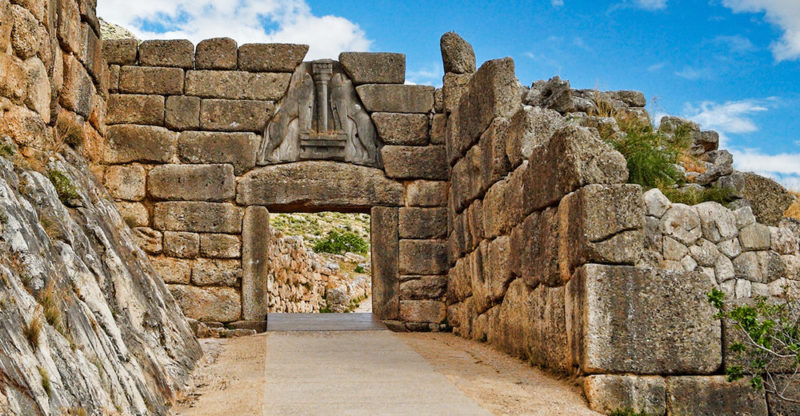
Heinrich Schliemann was a Prussian millionaire with an interest in ancient history and archaeology. Attracted by the history of the Trojan War, in 1870 he carried out research that led to the ruins of the city of Troy , which until that time was considered a myth by the scientific community.
Once the real existence of Troy was verified, Schliemann continued his investigations in Greek territory to find Mycenae, the city where the expedition to Troy had originated.
In 1874 he made discoveries that confirmed the existence of a culture after the Minoan apogee and before the so-called Dark Ages. Because it was discovered in the city of Mycenae, the culture was called Mycenaean.
Political organization of Mycenae
The Mycenaean civilization was divided into a series of allied but independent kingdoms .
These kingdoms are the antecedent of the Greek polis , but they differ from them in that the kingdoms could cover large areas and could even be divided into provinces.
Also, being led by a king, two or more kingdoms could be unified under a single domain by marriage or conquest.
In addition to the king, the government was exercised by a court that was responsible for the administration of the kingdom.
architecture of mycenae
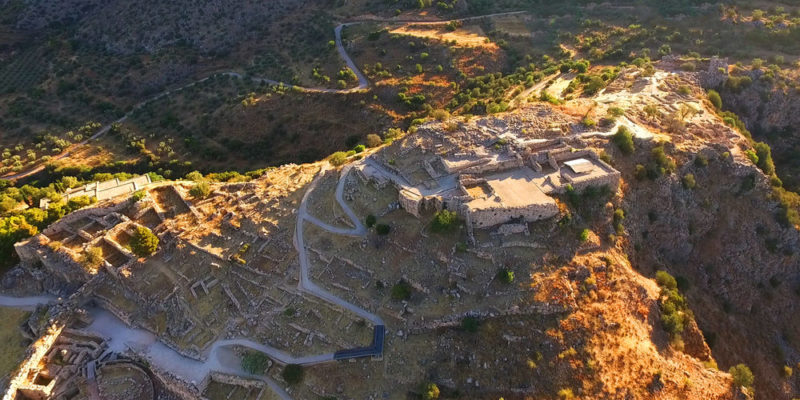
Mycenaean architecture is characterized by the fortification of urban centers . Usually there was an acropolis, that is, an elevated part of the city that facilitated its defense.
Also characteristic of this culture are the palaces that were organized around a set of patios . The palaces were administrative centers that included, in addition to warehouses and a workshop, a central hall where the throne was located.
Economy of Mycenae
The basis of the Mycenaean economy was agriculture, mainly cereals, olive trees, and vines , as is the case in most of the Mediterranean account. Sheep and goat farming was also developed.
Around the palaces , craft work was organized , which included textile and metallurgical production.
Mycenaean products were exchanged for products from other Mediterranean cultures, through trade .
mycenaean religion
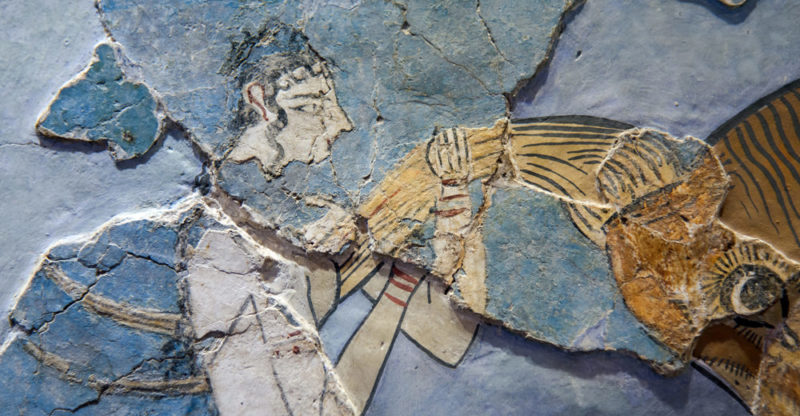
The Mycenaean religion was polytheistic, meaning they believed in multiple gods . Although they are not exactly known, some of them reappeared in classical Greek religion, such as Poseidon.
Official rituals existed in which offerings were offered to the gods . There was also a domestic cult, that is, the worship of the gods in the privacy of the home.
mycenaean society
Society was divided into:
- Cut. They were free men close to the king who were in charge of the administration of the State .
- Town. The inhabitants of the city and the countryside , subjects of the king. They could work for the palace or independently.
- Slaves. They worked in the palace.
History of Mycenae

The Mycenaean civilization was born in the Peloponnese at the beginning of the 17th century BC. C. For two centuries it maintained a peaceful relationship with the peoples of the island of Crete, enriching itself from their culture, the Minoan culture.
However, from the fifteenth century the Mycenaean kingdoms began to expand around the Mediterranean and also invaded Crete.
Its hegemony continued for several centuries, until its decline began at the end of the 12th century .
The above content published at Collaborative Research Group is for informational and educational purposes only and has been developed by referring reliable sources and recommendations from technology experts. We do not have any contact with official entities nor do we intend to replace the information that they emit.
